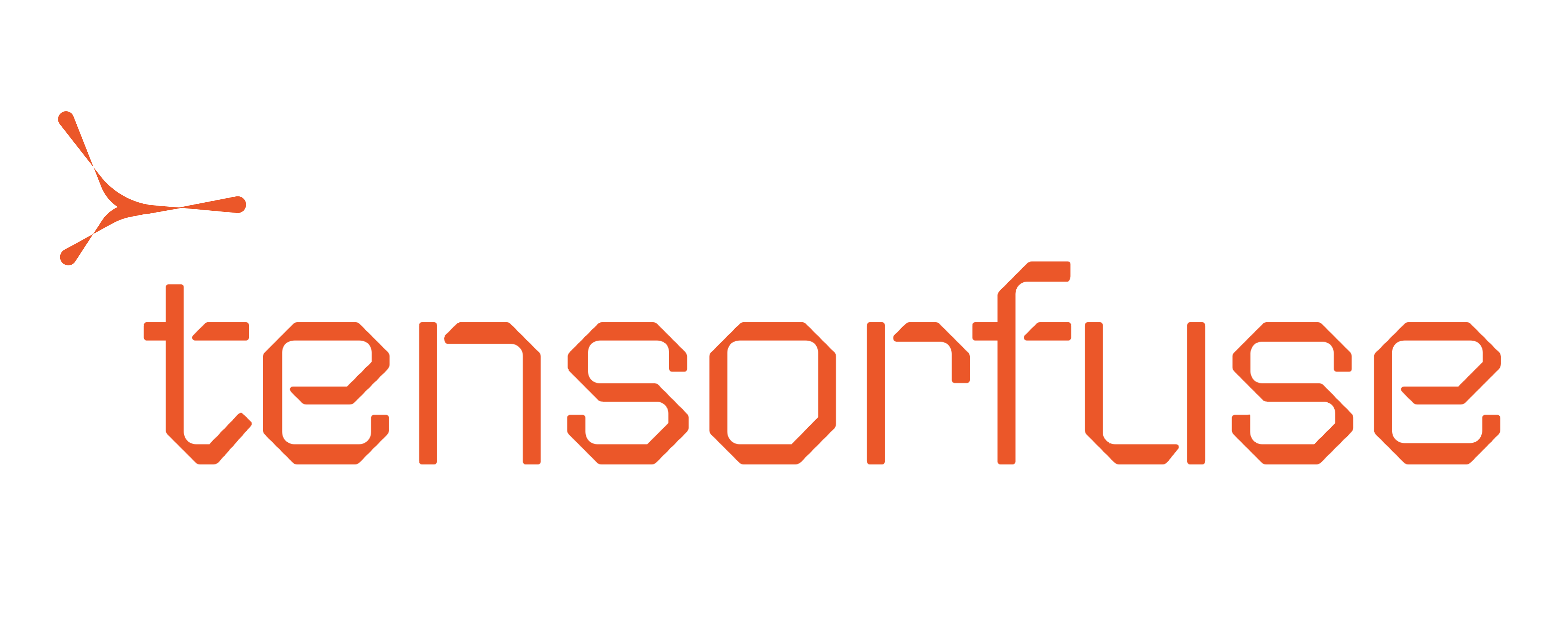Fine-tuning Guide for Tensorfuse
This guide explains how to fine-tune Llama models using Tensorfuse’s QLoRA implementation.
Supported Models
| Model | GPU Requirements |
|---|
| Llama 3.1 70B | 4x L40S (Recommended) |
| Llama 3.1 8B | 1-2x A10G |
Dataset Preparation
Tensorfuse accepts datasets in JSONL format, where each line contains a valid JSON object.
The following example shows the format for a conversational dataset using the ChatML format:
{
"messages":
[
{
"role": "system",
"content": "You are a helpful assistant."
},
{
"role": "user",
"content": "What is the capital of France?"
},
{
"role": "assistant",
"content": "The capital of France is Paris."
}
]
}
Dataset Commands
# Create dataset
tensorkube datasets create --dataset-id my_dataset --path data.jsonl
# List datasets
tensorkube datasets list
# Delete dataset
tensorkube datasets delete --dataset-id my_dataset
Authentication
Create required secrets. Tensorkube uses Kubernetes Event Driven Autoscaling (KEDA) under the hood to scale and schedule training runs. Hence, you need to create your
secrets in the keda environment:
# Create Hugging Face token
tensorkube secret create hugging-face-secret HUGGING_FACE_HUB_TOKEN=your_token --env keda
Programatic Access
Tensorfuse allows you to interact with the TensorKube cluster using the Python SDK, which provides a straightforward interface for creating fine-tuning jobs.
Authentication
First, you need to create access keys, which are required to authenticate with the TensorKube cluster deployed in your cloud.
Run the following command:
tensorkube train create-user --name <user-name>
export AWS_ACCESS_KEY_ID=<AWS_ACCESS_KEY>
export AWS_SECRET_ACCESS_KEY=<AWS_SECRET>
from tensorkube import create_fine_tuning_job
create_fine_tuning_job( # creates a fune tuning job
job_name="fine-tuning-job", # Job Name. Required
job_id="unique_id", # Unique Job ID. Required
gpus=4, # Number of GPUs. Required
gpu_type="l40s", # GPU Type. Required
max_scale=1, # Maximum Scale. Required
base_model='meta-llama/Llama-3.1-70B-Instruct', # Base Model from hugging face. Required
dataset='dataset-id', # Dataset ID. Required
epochs=10, # Number of epochs. Required
secrets=["hugging-face-secret"], # List of secrets
micro_batch_size=16, # Micro Batch Size. Optional, default is 16
lora_r=8, # Lora R. default is 8. Optional, default is 8
learning_rate=0.00002 # Learning Rate. Optional, default is 0.00002
)
get_job_status function. The function returns the status of the job as QUEUED, PROCESSING, COMPLETED, or FAILED.
from tensorkube import get_job_status
status = get_job_status( # gets the status of the job
job_name="fine-tuning-job", # Job Name. Required
job_id="unique_id" # Unique Job ID. Required
)
- find the s3 bucket with prefix
tensorkube-keda-train-bucket. All your training lora adapters will reside here. We construct adapter id from your job-id and the type of gpus used for training so your adapter urls would look like this:-
s3://<bucket-name>/lora-adapter/<job_name>/<job_id>
Below is an example of a training adapter url with job_name fine-tuning-job and job-id unique_id, trained on 4 gpu of type l40s
s3://tensorkube-keda-train-bucket-d473253e-d692-4a15/lora-adapter/fine-tuning-job/unique_id
Model Deployment
- Clone Lorax repository:
git clone https://github.com/tensorfuse/lorax
cd lorax/llama-70b
- Use the following command to deploy
The below deploy command deploys lorax instance in default environment. Make sure you have created the hugging-face-secret in default environment. You can create secret in default environment by adding --env default flag in the secret creation command.
tensorkube deploy --gpus 4 --gpu-type L40S --secret hugging-face-secret --secret aws-secret
lorax library.
- Get. your deployment url using
tensorkube list deployments.
Inference
You can now use the deployment URL to make inference requests. Here is an example using curl. This will query the base model without any adapters.
curl ${ENDPOINT}/generate -X POST \
-H 'Content-Type: application/json' \
-d '{
"inputs": "[INST] Your prompt here [/INST]",
"parameters": {
"max_new_tokens": 64
}
}'
curl ${ENDPOINT}/generate -X POST \
-H 'Content-Type: application/json' \
-d '{
"inputs": "[INST] Your prompt here [/INST]",
"parameters": {
"max_new_tokens": 64,
"adapter_id": "s3://your-bucket/lora-adapter/your-adapter-path",
"adapter_source": "s3"
}
}'

